Cats are fascinating creatures, full of mystery and independence. Most cat owners can attest that their beloved feline friends have a unique way of communicating their needs and emotions. However, when a cat stops using the litter box, it can be puzzling and frustrating. There are several emotional reasons behind this behavior, and understanding them can help you address the issue effectively. Let’s delve into these reasons and explore the emotional world of our feline companions.
Stress from Environmental Changes
Cats are creatures of habit, and any sudden change in their environment can lead to stress. Whether it’s moving to a new home, rearranging furniture, or adding new family members (human or animal), these changes can be overwhelming for a cat. Imagine living in a world where everything suddenly shifts – it would be unsettling, wouldn’t it? A stressed cat may express its anxiety by avoiding the litter box, seeking comfort in familiar areas instead.
Feeling Threatened by Other Pets
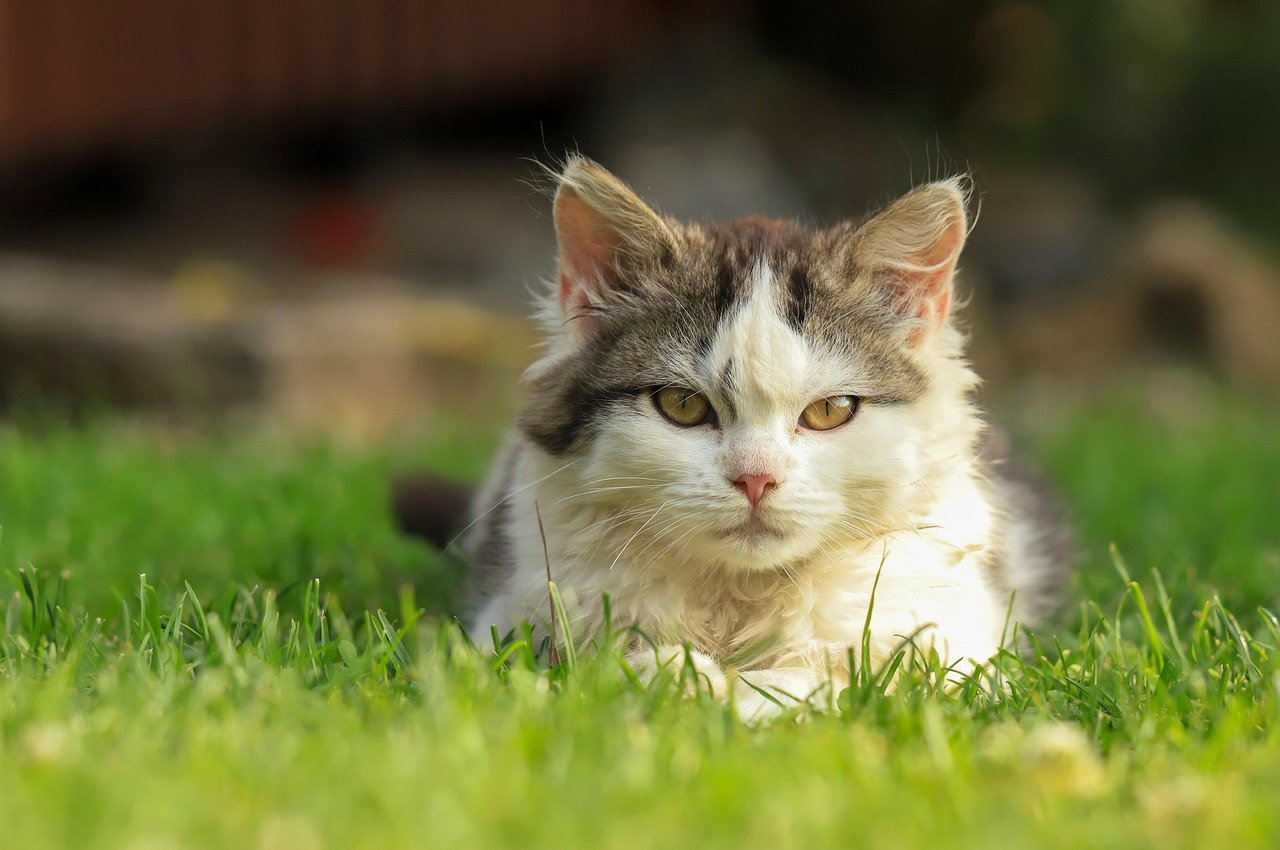
Cats are territorial animals, and the presence of another pet can make them feel threatened. If a new pet is introduced to the household, your cat may feel the need to assert its dominance or retreat in fear. This emotional turmoil can result in avoiding the litter box, as the cat might feel unsafe or anxious using it. Creating separate spaces for each pet can help alleviate this tension.
Changes in Routine or Schedule
Cats thrive on routine, and any disruption to their daily schedule can cause distress. If you suddenly have to work longer hours or change your cat’s feeding times, it might feel confused and stressed. This emotional upset could manifest as a refusal to use the litter box. Maintaining a consistent routine can help your cat feel more secure and reduce the likelihood of litter box issues.
Separation Anxiety
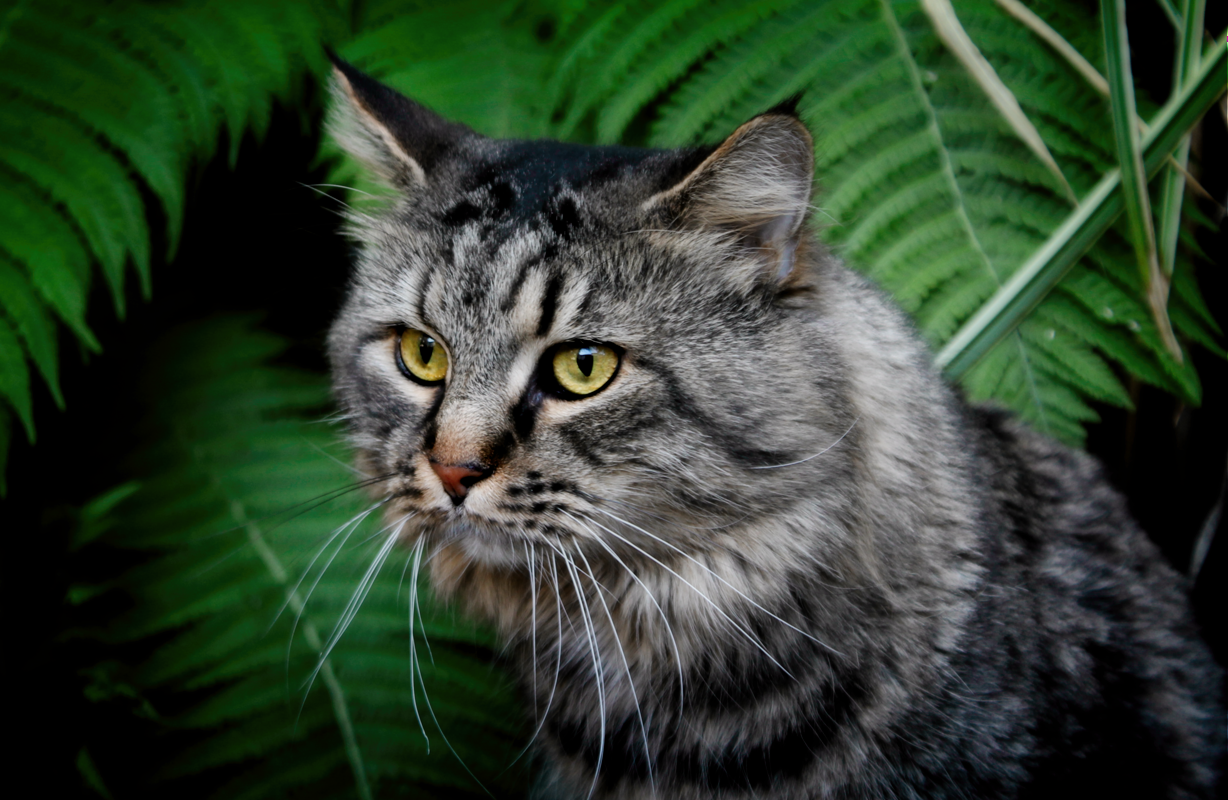
While cats are often seen as independent creatures, they can also form strong bonds with their human companions. If a cat is left alone for extended periods, it may develop separation anxiety. This emotional stress can lead to behaviors like eliminating outside the litter box. Providing interactive toys and spending quality time with your cat can ease its anxiety and reinforce its bond with you.
Fear of Litter Box Location
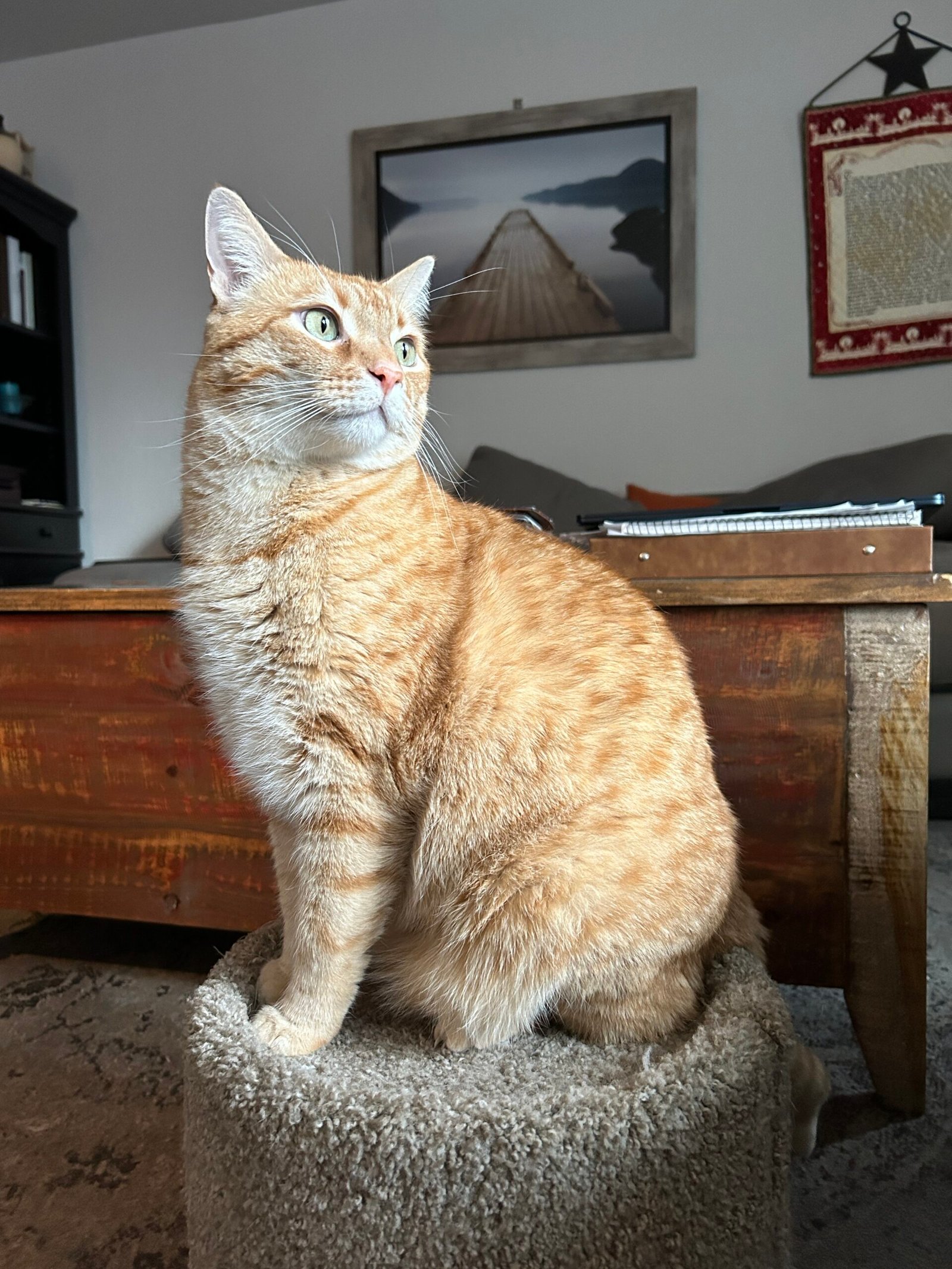
The location of a litter box can significantly impact a cat’s willingness to use it. If the box is placed in a noisy or high-traffic area, your cat may feel too exposed and vulnerable. Imagine trying to relax in a bathroom with a constant parade of people passing by – it’s not exactly calming. Relocating the litter box to a quieter, more private area can make a world of difference.
Negative Association with the Litter Box

Sometimes, a cat may associate the litter box with a negative experience, such as a loud noise or a painful bowel movement due to constipation. This can create an emotional block, making the cat avoid the box altogether. It’s essential to ensure the litter box is a positive and stress-free environment, perhaps by providing treats or praise when the cat uses it.
Uncomfortable Litter Type
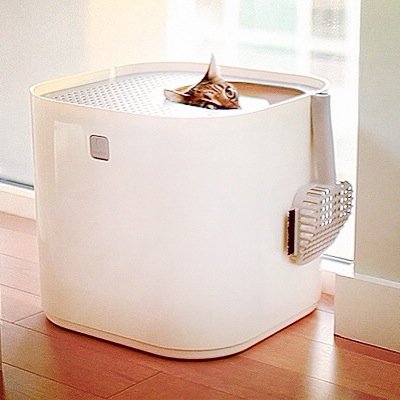
Cats can be quite particular about the type of litter they prefer. A change in litter type can cause discomfort or even irritation, leading to an emotional aversion to the litter box. Imagine walking on a surface that feels unpleasant underfoot – you wouldn’t want to keep doing it, right? Experimenting with different types of litter can help you find one that suits your cat’s preferences.
Lack of Cleanliness

Cats are naturally clean animals, and a dirty litter box can be a significant deterrent. If the box isn’t cleaned regularly, your cat might choose to eliminate elsewhere. It’s akin to choosing a clean restroom over a filthy one – cleanliness matters. Ensuring the litter box is kept clean and odor-free can encourage your cat to use it consistently.
Attention-Seeking Behavior
Cats may also stop using the litter box as a way to gain attention from their owners. If your cat feels neglected, it might act out to get you to notice it. This behavior is akin to a child throwing a tantrum when they feel ignored. Spending more time interacting and playing with your cat can help fulfill their emotional needs and reduce attention-seeking behaviors.
Past Traumas or Negative Experiences
A cat’s past experiences can significantly impact its behavior. If a cat has experienced trauma or negative events related to the litter box, it may avoid it out of fear or anxiety. Understanding your cat’s history and providing a safe, comforting environment can help it overcome these emotional barriers.
Fear of Loud Noises
Cats have sensitive hearing, and loud noises can be startling or frightening. If a litter box is located near a noisy appliance or area, your cat might associate it with fear and avoid using it. Imagine trying to relax in a thunderstorm – it’s not the most inviting setting. Moving the litter box to a quieter location can help alleviate this issue.
Feeling Overwhelmed by Too Many Changes
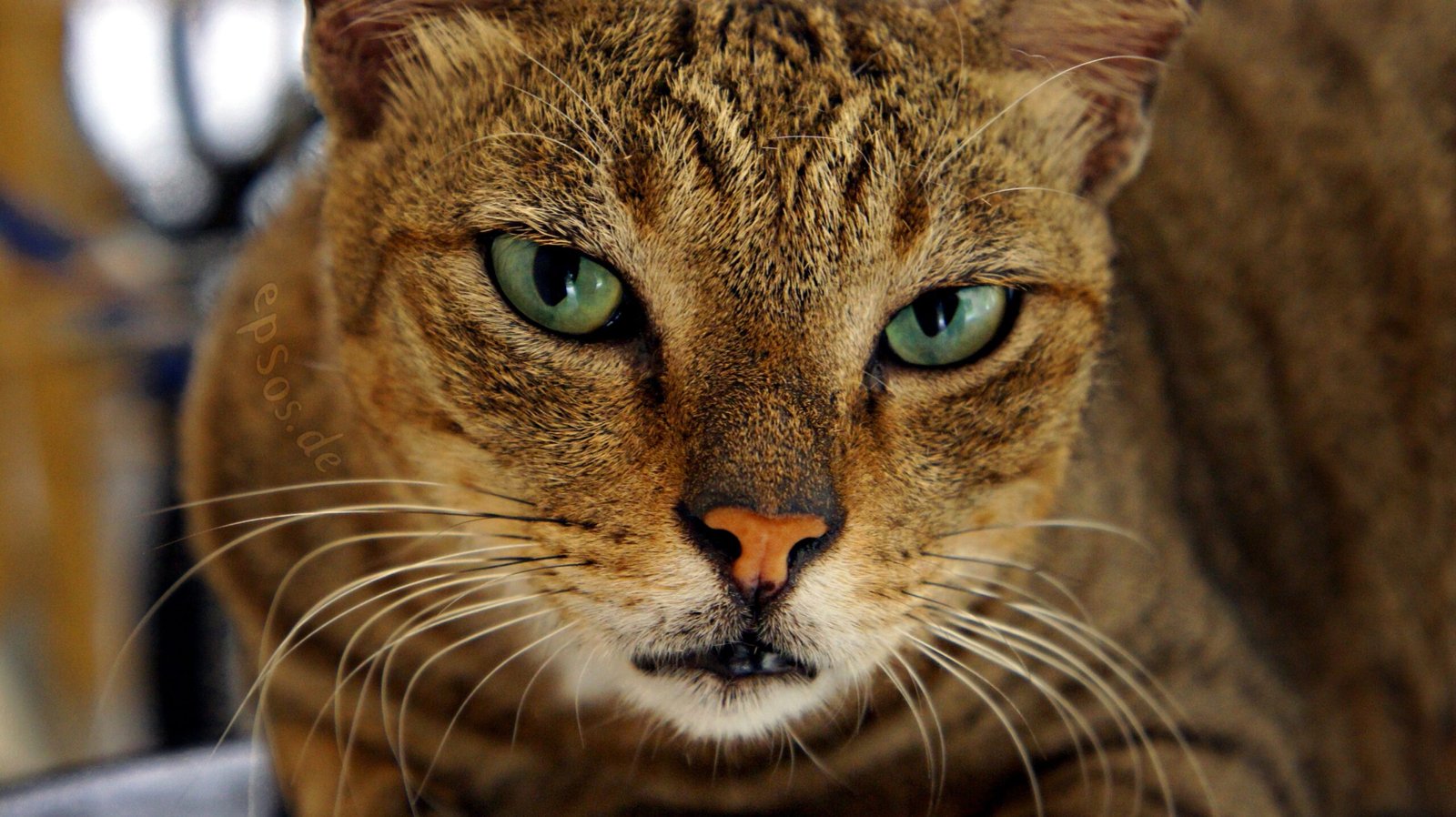
Sometimes, it’s not just one change but a combination of several that can overwhelm a cat. A new pet, a change in routine, and a new litter type all at once can be too much for a cat to handle emotionally. It’s like juggling too many balls – eventually, one might drop. Introducing changes gradually can help your cat adjust more comfortably.
In conclusion, understanding the emotional reasons behind a cat’s refusal to use the litter box can be the key to resolving the issue. By addressing these emotions and creating a supportive environment, you can help your feline friend regain its confidence and comfort. Remember, patience and empathy are crucial when dealing with your cat’s emotional needs.
Hi, I’m Bola, a passionate writer and creative strategist with a knack for crafting compelling content that educates, inspires, and connects. Over the years, I’ve honed my skills across various writing fields, including content creation, copywriting, online course development, and video scriptwriting.
When I’m not at my desk, you’ll find me exploring new ideas, reading books, or brainstorming creative ways to solve challenges. I believe that words have the power to transform, and I’m here to help you leverage that power for success.
Thanks for stopping by, Keep coming to this website to checkout new articles form me. You’d always love it!






